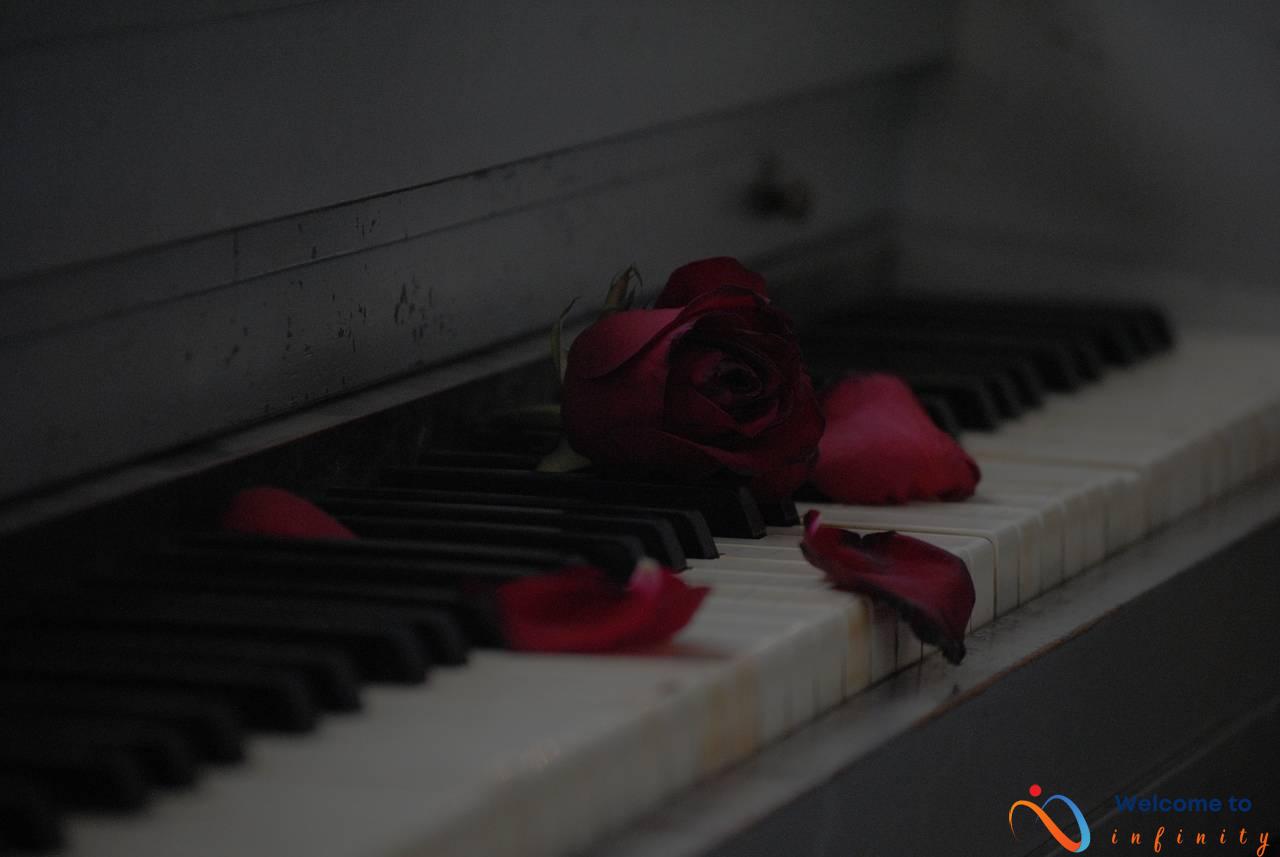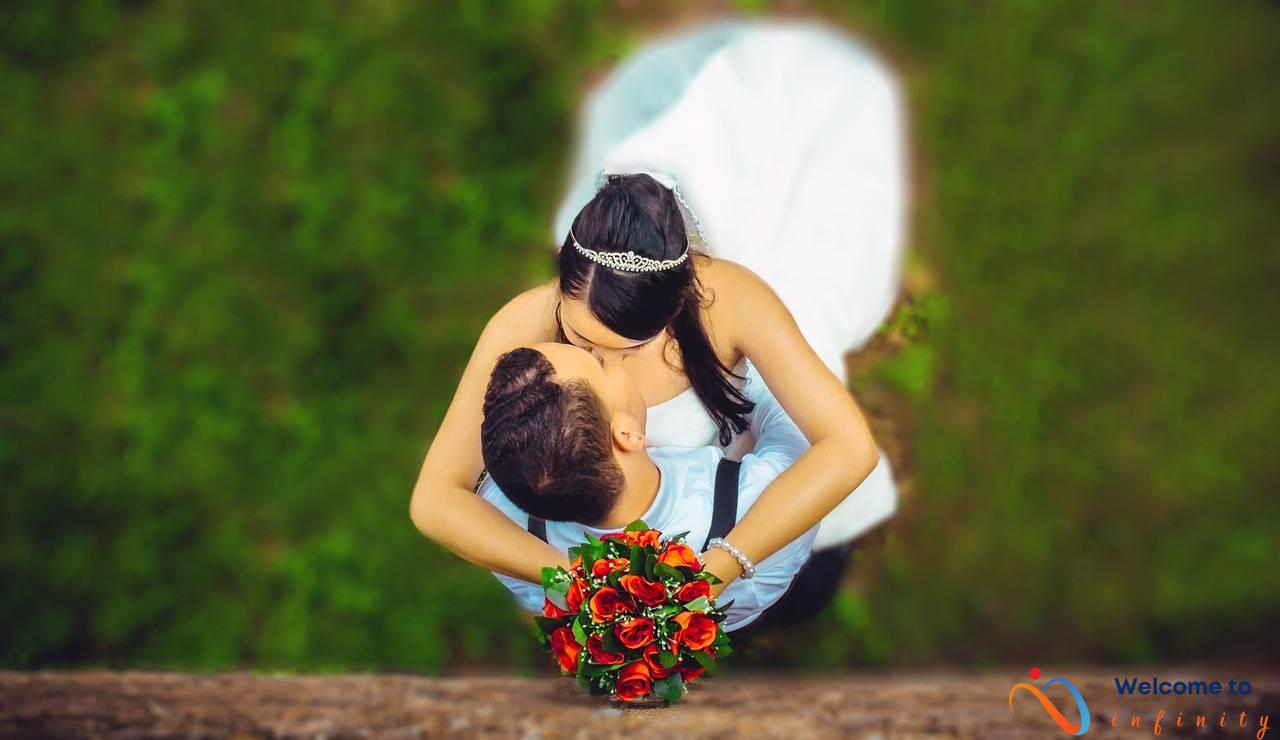Your wedding day is one of the most important events of your life, and making sure all the details are planned and executed perfectly can be overwhelming. One detail that often gets overlooked is the ceremony seating plan. However, creating a seating plan is crucial to ensure that your guests are comfortably seated and have a clear view of the ceremony. Here are some tips to help you create an effective seating plan for your wedding ceremony.
The first step in creating a seating plan is finalizing your guest list. Ensure you have the correct spelling of each guest's name and any special requirements, such as accessibility needs. This will help you determine the number of seats required and any necessary adjustments to the seating plan.
Consider the layout and design of your ceremony venue. Sketch out a seating plan that fits the space and allows guests to see the ceremony without obstruction. This will help determine the number of rows and seats required, and help you avoid awkward seating arrangements.
Seat immediate family members and VIPs in the first few rows closest to the ceremony space. This includes parents, grandparents, and any members of the bridal party. Place reserved signs for these special guests to ensure they have a designated seat. This will also help avoid any awkwardness if guests accidentally sit in these reserved seats. Assign ushers to guide guests to their seats, especially if the ceremony space has a more complicated layout.
Once you have seated immediate family members and VIPs, assign seats to other guests based on their relationship to the couple. You can also consider grouping guests based on common interests or backgrounds. This will help create a comfortable and enjoyable atmosphere for all your guests.
Communicate the seating plan to guests in advance. Include the seating plan in your wedding website, send out an email or wedding invitation with specific seat assignments. Finally, be prepared for last-minute changes. Have a few seats saved in different areas of the venue to accommodate unexpected guests or seating preferences.
Following these tips will help you create an effective ceremony seating plan that will ensure all your guests have a comfortable and enjoyable experience.
Guest List
If you're planning a wedding ceremony, creating a seating plan is an essential task. To make sure that everything goes smoothly, start by finalizing your guest list. Double-check the spelling of each guest's name and ensure that you note any special requirements, such as accessibility needs. For example, if you have guests who use a wheelchair, you'll need to ensure that there is enough space for them to maneuver and that they have access to an accessible restroom.
Once you have your list of guests and their requirements, you can start thinking about how to seat them. Keep in mind that you'll want everyone to feel comfortable and have a good view of the ceremony. Consider making a table or chart to help you organize everything.
- Start by seating immediate family members and VIPs in the first few rows, closest to the ceremony space. This includes parents, grandparents, and any members of the bridal party.
- Use reserved signs to ensure that these special guests have designated seats. This will help avoid any awkwardness if guests accidentally sit in these reserved seats.
- Consider assigning ushers to guide guests to their seats, especially if the ceremony space has a more complicated layout.
- Once you have seated immediate family members and VIPs, assign seats to other guests based on their relationship to the couple. You can also consider grouping guests based on common interests or backgrounds.
By following these tips, you'll make the process of creating a ceremony seating plan easier and more manageable. Remember to communicate the plan to your guests in advance, so everyone knows where to sit. And finally, be prepared for last-minute changes by having a few extra seats saved in different areas of the venue.
Layout and Design
When it comes to designing your ceremony seating plan, considering the layout and design of your venue is crucial. Whether you're having an outdoor wedding, a ceremony in a church, or at a destination venue, it's important to create a seating plan that fits the space and maximizes visibility for your guests. One of the most important factors to consider is ensuring that none of your guests have obstructed views of the ceremony.
Start by sketching out a floor plan of the ceremony space and visualizing an ideal seating arrangement. Consider where larger items or decor might be located (such as floral arrangements or ceremony arches) and ensure that the seating layout will allow for a clear view. You may also want to consider the orientation of the ceremony space for optimal positioning of chairs or benches.
When planning your ceremony seating layout, it is also important to keep in mind the number of guests you are inviting. Ensure that there is enough space between each row or chair to allow for easy movement, yet still crowded enough to spark intimacy. If your venue has different levels or tiers, consider a staggered seating arrangement to allow for better visibility for all guests.
If you're unsure about the best seating arrangement for your wedding ceremony, consult your venue's event coordinator. They can provide insight based on past ceremonies and help optimize the space for your wedding day. Remember to always prioritize your guests' experience and comfort when creating your seating plan, taking into account their height and preferences. A thoughtfully designed seating plan will make a world of difference in ensuring a memorable ceremony for both guests and the couple.
Families and VIPs
When creating a seating plan for your wedding ceremony, it's important to seat your immediate family members and VIPs in the first few rows closest to the ceremony space. These special guests should have the best seats in the house since they are closest to the happy couple during this important moment.
Immediate family members usually include parents, grandparents, siblings, and any children included in the wedding party. VIPs, on the other hand, can include close friends, godparents, and anyone else deemed important by the couple.
Assigning prime seating to immediate family members and VIPs shows respect and gratitude for their support and love, not only on your big day but throughout your life. It's important to ensure that these guests have reserved seats to avoid any confusion or awkwardness during the ceremony.
Consider using reserved signs to mark the seats of these special guests. This will prevent other guests from occupying these seats accidentally and uphold the importance of their role in your wedding ceremony.
Ushers can be designated to guide immediate family members and VIPs to their assigned seats. This is especially useful if your wedding venue has a more complicated layout. A seating chart can also be provided to the ushers so they know who are the immediate family members and VIPs to guide them to their reserved seats.
Reserved Signs
Reserved signs are an essential part of your wedding ceremony seating plan. By using these signs, you can ensure that your special guests have a designated seat and won't have to worry about where to sit. This is especially important for immediate family members, VIPs, and any members of the bridal party.
To place reserved signs, you can use simple signs that state “Reserved” or have them customized with the guest's name. Be sure to place these signs on the chairs or benches you have selected for these special guests. This will help avoid any awkwardness if guests accidentally sit in these reserved seats and will make sure that these important people have a designated seat.
Not only do reserved signs serve a practical purpose, but they can also add a decorative touch to your ceremony seating. You can use customized signs that match your wedding theme or opt for a simple, elegant design that complements the overall look of your ceremony venue.
If you are having a larger wedding, it's a good idea to assign ushers to guide guests to their seats and ensure that everyone is seated in the correct place. Ushers can also help guests locate their designated seats and avoid any confusion.
By placing reserved signs, you can ensure that your special guests feel valued and appreciated on your wedding day. These signs are a small detail that can make a big difference in the overall experience for your guests.
Ushers
Assigning ushers to guide guests to their seats is essential, especially if the ceremony space has a more complicated layout. Ushers can help guests find their seats quickly and avoid confusion. If you have a large guest list or are getting married in a venue with multiple ceremony spaces, consider assigning ushers to specific zones or aisles to avoid any confusion.
Make sure ushers are aware of any special seating arrangements for guests with accessibility needs or reserved seating for VIPs. Preparing a detailed seating chart can help ushers identify which guests need assistance and ensure everyone is in the correct spot. Additionally, provide ushers with a copy of the ceremony program or outline so they're aware of any changes or unexpected delays.
- Assign a specific point person – give ushers a designated point person who can be reached if they have any questions or need assistance.
- Communication is key – ensure your ushers are aware of the seating plan, any special requirements, and any last-minute changes.
- Train your ushers – provide them with clear instructions and training to ensure they're comfortable identifying guests and seating them efficiently.
Having ushers guide guests to their seats is a small detail that can make a big impact on the overall guest experience. By ensuring that your guests are seated quickly, comfortably, and without any confusion, you'll be able to create a more relaxed and fun atmosphere for everyone to enjoy.
Guest Seating
Guest seating is an essential part of any wedding ceremony seating plan. Once you have reserved seats for immediate family members and VIPs, it's time to assign seats to other guests based on their relationship to the couple. This will ensure your guests feel comfortable and can fully enjoy your wedding ceremony.
One way to do this is to group guests based on their relationship to the couple. For example, you can create a separate section for the bride's friends and another for the groom's friends. This will help your guests feel more connected to the wedding ceremony, and it also makes it easier for them to socialize with people they know.
Another way to group guests is by common interests or backgrounds. If you have guests who share a common interest like sports or music, seating them together can make them feel more comfortable and encourage conversations. This is also a great way to introduce new people to each other, which can lead to new friendships.
If you have a large number of guests attending your wedding ceremony, you may find it helpful to create a seating plan using a table or list. This can make it easy to keep track of who is sitting where and ensure that everyone has a designated seat. It can also make it easier to make changes to the seating plan if necessary, which can be a big help during the planning process.
Overall, it's important to take the time to consider your guest seating carefully. By doing so, you can create a comfortable, enjoyable wedding ceremony experience for all of your guests.
Communication
One important aspect of creating your wedding ceremony seating plan is communicating the plan to your guests in advance. This will help ensure that everyone knows where they are sitting and avoid any confusion or last-minute changes.
One way to communicate the seating plan is to include it on your wedding website. Your wedding website is a great place to provide guests with important information about your wedding, and your seating plan is no exception. Consider creating a page or section on your website specifically for your seating plan where guests can easily access it.
Another option is to send out an email to all of your guests with their specific seat assignments. This is a great way to ensure that everyone has the correct information and can plan accordingly. If you decide to send an email, be sure to include clear instructions on how guests can RSVP and any deadlines for responding.
You can also include the seating plan in your wedding invitation. If you have a small guest list, this can be a great way to personalize each invitation and make guests feel special. Including the seating plan in the invitation can also help ensure that guests do not accidentally leave it behind or misplace it.
Whichever method you choose, be sure to communicate the seating plan to your guests well in advance of the wedding day. This will give them plenty of time to plan accordingly and avoid any confusion or last-minute changes.
Last Minute Changes
While you may have meticulously planned your ceremony seating plan, it's important to be prepared for last-minute changes. Unexpected guests may show up, or guests may have seating preferences that need accommodation.
One solution is to have a few seats saved in different areas of the venue. This will allow you to make adjustments to the seating plan as needed. You can also consider having a few extra chairs available, so guests can quickly be seated if necessary. Make sure to communicate any changes to your ushers or coordinators to ensure a seamless transition.
If you have designated seating, consider having a sign indicating that the seat is reserved for unexpected guests. This will help your ushers to quickly and easily find additional seating options if needed. Alternatively, you can choose to have open seating, allowing guests to find their own seat.
Remember that last-minute changes are a normal part of any event. By being prepared with some extra seats and clear communication with ushers, you can easily handle any unexpected changes that may arise. Your guests will appreciate your flexibility, and the ceremony can proceed without a hitch.












